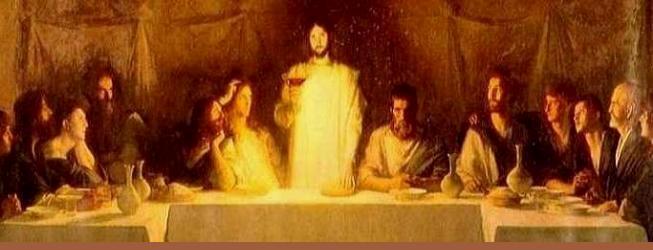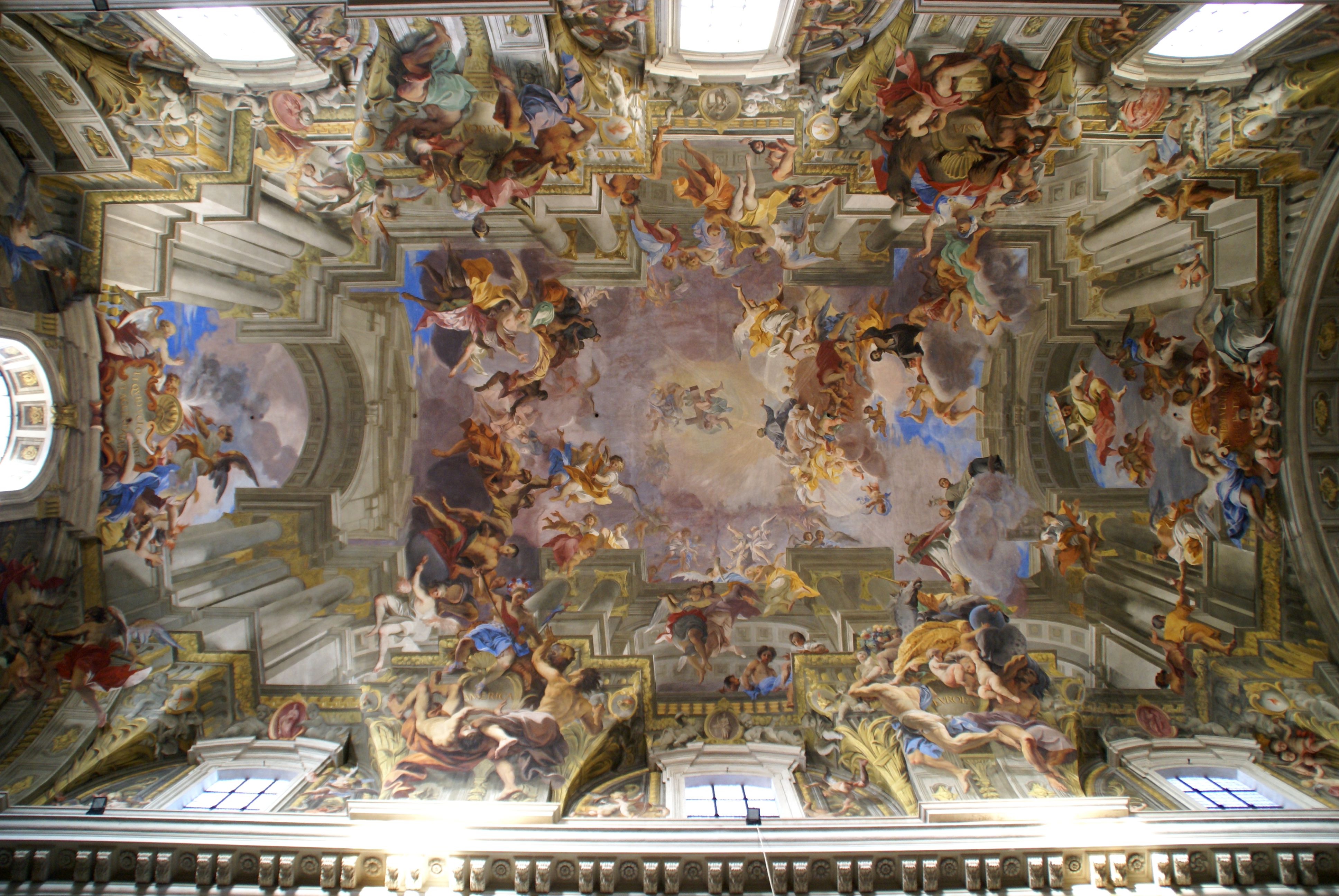In recent times the Catholic Church across the
world has hauled up not merely for the sexual abuse committed by priests
against minors, but also the inept, and unjust manner in which the complaints
about this abuse was received by diocesanal authorities. All too often, rather
than take strict action against such priests, the response of the diocese was
to transfer these offenders who merely continue their abuse. In doing so, these
dioceses violated not only the integrity and dignity of these individuals, but
also compromised the ministry of the Church. Priests are looked up to; they
operate as figures of trust. When such figures violate this trust, and their
superiors look the other way, it impacts not merely the persons involved, but
the Church itself.
 Not too long ago, this controversy was expertly
opened up to the world through Spotlight,
the Oscar winning film directed by Tom McCarthy. The film takes its name from
the Boston-based newspaper, The Boston Globe's Spotlight team that investigated
the misguided handling of complaints of sexual abuse committed by priests in
the diocese of Boston, USA. What is great about the film is the muted manner in
which it has focused on the investigative process of the Spotlight team
allowing us to absorb the horror that such violations involve, rather than opt
for easy sensationalism.
Not too long ago, this controversy was expertly
opened up to the world through Spotlight,
the Oscar winning film directed by Tom McCarthy. The film takes its name from
the Boston-based newspaper, The Boston Globe's Spotlight team that investigated
the misguided handling of complaints of sexual abuse committed by priests in
the diocese of Boston, USA. What is great about the film is the muted manner in
which it has focused on the investigative process of the Spotlight team
allowing us to absorb the horror that such violations involve, rather than opt
for easy sensationalism.  The sexual abuse of minors is not, however, the
only crime that plagues the contemporary church. One need only look at the
real-estate scandals currently rocking the Archdiocese of Goa and Daman for one example
from a list of other moral and legal violations that are too long and upsetting
to list here. All manner of unpleasant questions are being raised with regard
to the manner in which properties belonging to, or under the care of, the
Archdiocese have been sold off to property developers, at the cost of the
residents and tenants of these properties. There are some who claim that the
Archdiocese has a valid explanation for every case. And yet, the scandal continues, and grows
even, to the extent that some are now asking for the resignation of the Archbishop,
largely because of the inept and fumbling manner in which the Archdiocese has
mounted, or not, its response to these allegations.
The sexual abuse of minors is not, however, the
only crime that plagues the contemporary church. One need only look at the
real-estate scandals currently rocking the Archdiocese of Goa and Daman for one example
from a list of other moral and legal violations that are too long and upsetting
to list here. All manner of unpleasant questions are being raised with regard
to the manner in which properties belonging to, or under the care of, the
Archdiocese have been sold off to property developers, at the cost of the
residents and tenants of these properties. There are some who claim that the
Archdiocese has a valid explanation for every case. And yet, the scandal continues, and grows
even, to the extent that some are now asking for the resignation of the Archbishop,
largely because of the inept and fumbling manner in which the Archdiocese has
mounted, or not, its response to these allegations. Two sentences from Michael Kirwan SJ’s
review of Spotlight in the blog of the British Jesuits help
understand the crisis that impacts the Catholic Church today. The first
sentence reads “The city of Boston’s strongly-knit but introverted and
defensive Catholic culture thus stands indicted.” The second sentence, later in
the text read, “Too often the Church’s default position towards secular media,
towards secular feminism, has been defensive and oppositional.”
Two sentences from Michael Kirwan SJ’s
review of Spotlight in the blog of the British Jesuits help
understand the crisis that impacts the Catholic Church today. The first
sentence reads “The city of Boston’s strongly-knit but introverted and
defensive Catholic culture thus stands indicted.” The second sentence, later in
the text read, “Too often the Church’s default position towards secular media,
towards secular feminism, has been defensive and oppositional.”
These two sentences captured two radically
different positions that may be present within the same institutional
framework. The first sentence speaks to how the failure of the Curial hierarchy
can be the result of a defensive Church, a defensiveness brought about when the
Catholic community in the area is a marginalized one. The second sentence suggests that the problem lies with
the culture of the Curia being oppressively patriarchal.
What is often unknown, and not adequately
highlighted in Spotlight, is that
until recently Catholics, and the Catholic Church, in the United States lived
under severe
restrictions and social hostility. This kind of hostility is not dissimilar
to that faced by non-Hindu groups in India. Universally too, at least from the
time of the French Revolution, the
Catholic Church has been pushed to the wall and represented as an evil
institution. It is this culture of hostility that creates a culture where
internal differences are quashed, often with the grudging consent of the
victims, so as protect the larger group. In other words, external hostility
works to feed authoritarian leadership and suppress democratic dissent within
marginalized groups. If, therefore, justice issues within the Catholic Church
are not discussed, one has to also lay the blame for it at the feet of the
dominant culture.
 But this is not to suggest that there is a
patriarchal traditional within the Curia that is not sui generis. Any institution that provides leadership invariably succumbs
to the assumption that it knows best, and its ways are the best. Patriarchy, in
this sense, is not merely about misogyny, but about the way in which power is
wielded, excluding the voices, and indeed the concerns, especially of marginalized
persons within the group. The tragedy is that when the Curia behaves in this
patriarchal manner it betrays the understanding that the Church is not merely a
physical institution, but also, more importantly, a mystical one. In failing to
appreciate this distinction so much is lost. Indeed, as Kirwan points out the
voice of God can also come from outside the church, and the Church needs to
listen to it. There is also the loss in terms of those who find this a reason
to move away from the Catholic Church into the embrace of agnosticism or other
churches.
But this is not to suggest that there is a
patriarchal traditional within the Curia that is not sui generis. Any institution that provides leadership invariably succumbs
to the assumption that it knows best, and its ways are the best. Patriarchy, in
this sense, is not merely about misogyny, but about the way in which power is
wielded, excluding the voices, and indeed the concerns, especially of marginalized
persons within the group. The tragedy is that when the Curia behaves in this
patriarchal manner it betrays the understanding that the Church is not merely a
physical institution, but also, more importantly, a mystical one. In failing to
appreciate this distinction so much is lost. Indeed, as Kirwan points out the
voice of God can also come from outside the church, and the Church needs to
listen to it. There is also the loss in terms of those who find this a reason
to move away from the Catholic Church into the embrace of agnosticism or other
churches.
Resolving the crisis the Church faces lies in
finding a path between the two problems Kirwan identifies. And yet, this is an
awkward position. How do we go forward? Carrying the question before statal
authorities, especially when the state is hostile, or seeking to assert its own
power, poses a great risk. One way in which this tension can be resolved was
demonstrated by some of the protestors in Goa who have presented
their claims to the Apostolic Nuncio. In doing so they have shown great
nuance. Taking the issue, not before the state, that could possibly prove
hostile, but a superior authority within the Church structure, they have opened
up a space for the conflict to be resolved internally. One prays that the
authorities within the Archdiocese of Goa will recognize this opportunity and
respond appropriately, and create systemic change rather than leaving room for
a conflict that we can ill afford.









